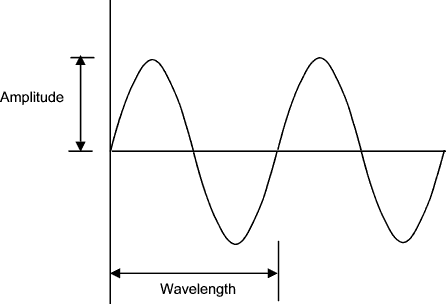I am running my temporary Fastrack Carpet Central layout using the MTH DCS system. I am powering the TIU using one Z-1000. I am powering the track using a second Z-1000, and I am powering my accessories using a third Z-1000. I operate up to three Proto 2 locomotives at the same time on the same (long) track (one train includes several lighted passenger cars / the rest are mostly non-powered freight boxcars).
When I get my trains off the floor and build my train room layout (which will happen very soon), I will have two mainlines and a yard. Will my three Z-1000 power bricks be enough to operate my layout or do I REALLY need a Z-4000?
I just need to know if having a Z-4000 is necessary or if it is simply a big, attractive power unit that OGR operators get as a "status symbol" or to impress their friends.
As I often do, I am turning to our team of experienced OGR forum experts for advice.
(Note: I have noticed that Marios Trains has brand new Z-4000s for just under $400.)






